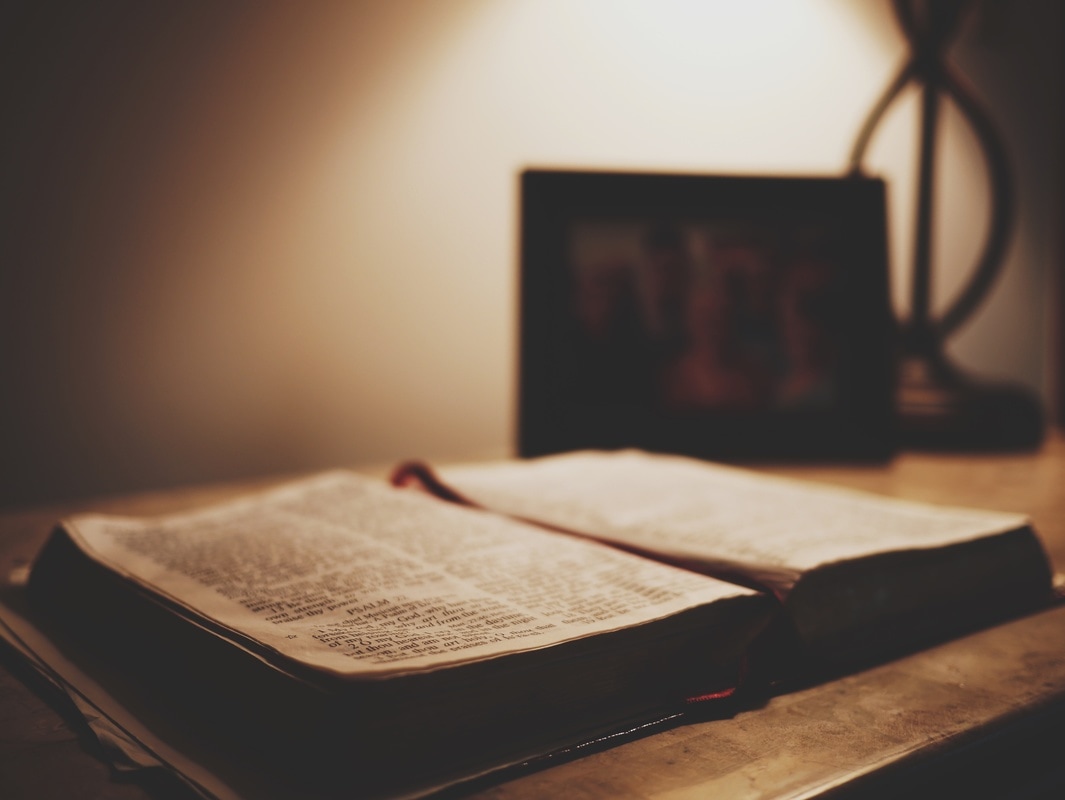Reading well: Recommendations for Ministers of the Word
|
"The liturgical proclamation of God’s word has ancient roots, going back through the Jewish traditions of reading in the synagogue for Sabbath celebrations..."
"The reader is giving flesh the word of God so the assembly may see the words as well as hear them. When the reader looks up at the assembly and declares what has been read as The word of the Lord, the divine interaction that has lived through history between God and the People of God has been recalled and revisited...."
"We are invited by God to any liturgical ministry and, in the ministry, we place our gifts at the service of the assembly for the benefit of God’s mission..."
|
Understanding the Lectionary
The Liturgy of the Word is to be celebrated in such a way as to favour meditation, and so any kind of haste which hinders recollection is clearly to be avoided. In the course of it, brief periods of silence are also appropriate…for example, before the Liturgy of the Word itself begins, after the first and second readings, and lastly at the conclusion of the homily (GIRM 56). The liturgical proclamation of God’s word has ancient roots, going back through the Jewish traditions of reading in the synagogue for Sabbath celebrations. Luke’s gospel contains an example of this as we see how Jesus stood up to read and the scroll of the prophet Isaiah was given to him. Unrolling the scroll, he found the place where it was written: ‘The spirit of the Lord is upon me…’ He then rolled up the scroll, gave it back to the attendant, and sat down (Lk 4:16-20). Historically the extent of readings we have now in our liturgy has not always been so generous. Before the Second Vatican Council there was not a Sunday cycle of readings over three years or a weekday cycle over two years but a single yearly roster of readings. Sometimes the Sunday readings were repeated on weekdays. Even on Sunday, there were just two readings (epistle and gospel). So for example, The Lost Sheep always featured on the second Sunday after Pentecost, and Jesus with Zacchaeus on the third Sunday. On Sundays, the first reading was generally from Paul’s letters, with very little of the Hebrew scriptures used at all. Now, by mandate of the Second Vatican Council, the treasures of the Bible are to be opened up more lavishly, so that a richer share in God’s word may be provided for the faithful. In this way a more representative portion of holy Scripture will be read to the people in the course of a prescribed number of years (SC 51). With this gift of the word of God for today’s assemblies, it is beholden upon the reader to prepare God’s word with care and deliver it with authority and knowledge. Proclaiming the Word: Recommendations for Readers The Word was made Flesh (Jn 1:14). The reader is giving flesh the word of God so the assembly may see the words as well as hear them. When the reader looks up at the assembly and declares what has been read as The word of the Lord, the divine interaction that has lived through history between God and the People of God has been recalled and revisited. The declaration of the word of the Lord calls forth the response Thanks be to God, but in order to ask people to respond they must have heard and appreciated what has been proclaimed. The word needs to be proclaimed slowly and clearly, with grammatical pauses, emphasis and breath control. Good proclamation allows the flesh of the Word to come to life in the hearts, minds and flesh of the assembly. What has been heard at the ‘table of the word’ will take the assembly to the ‘table of the Eucharist’, provided they are not stalled with confusion trying to work out what was said. As baptised Christians, we are all proclaimers of God’s word, the Good News lived out in the Paschal Mystery. At the liturgy, within the assembly of the baptised, specific minsters come forward to speak the Scripture texts. This is the ministry we are considering here. So that the faithful may develop a warm and living love for Scripture from listening to the sacred texts read aloud, the reader’ preparation must be both spiritual (that is, biblical and liturgical) and technical (LM 55). Ministers cannot proclaim what they do not understand or proclaim what they cannot feel; in addition readers will need the skills of public proclamation. These preparations for the public announcement of God’s word are important so that the word will become clear for the assembly. The reader needs to spend some time studying the passage and meditating upon it before coming to the assembly. At each proclamation, we have just a small out-take from a biblical book. It is advantageous to check the place of the reading in the whole. Knowing what was said before and after the reading will give it context. In the Lectionary, a line from the reading is given at the beginning in italics. It is not intended for reading aloud, but is rather a clue to help the reader appreciate a key thought in the text. It can be a starting point for the reader’s reflection. The text should be read out loud to uncover any words and names that may cause an unwary reader to trip. Some readings have very long sentences with few grammatical pauses: this needs to be anticipated before the public proclamation. The reader will need to study the phrasing of the text and determine pauses in order to highlight certain parts of the reading and to allow opportunities for taking a breath. Repetition, often a feature of a biblical text, can be a powerful rhetorical tool in oral proclamation. Careful use of pause and emphasis will reinforce the message and stop it becoming tedious. The ministry of reader is generally helped by speaking slowly, as this will help diction. It is not just private conversation but a public proclamation intended to reach out to a large assembly. Most churches have microphones. The reader always needs to check out an unfamiliar microphone first, not just to verify its volume but also its timbre and reverberation. Adjustment of the microphone to suit the reader’s height should be done without electronic crackling. Never tap or blow into a microphone. The assembly at a wedding, funeral or confirmation rite may be less familiar with protocols of standing, sitting and responding. A reader may be challenged here to lead discretely with a simple gesture. We are invited by God to any liturgical ministry and, in the ministry, we place our gifts at the service of the assembly for the benefit of God’s mission. It is not about the reader, but the ministry. In the act of reading, we bring to life the words of God so all may be brought into union with God. It is a sacred task, not unlike the ministry of the priest in the Church’s celebration of the Eucharist. The Church has always venerated the divine scriptures as it has venerated the Body of Lord, in that it never ceases, above all in the sacred liturgy, to partake of the bread of life and to offer it to the faithful from the one table of the word of God and the body of Christ (DV 21). Thus the ministry of reader is a vital one. Not everyone has the gifts needed to proclaim the word well; but those who are called to be readers can help themselves and the assembly with good preparation and honing their reading skills. The tools for the reader’s kitbag are the use of silence, good diction, an even pace, emphasis when needed and especially a deep knowledge and understanding of the biblical text. All proclaim the Good News by their lives, but readers’ special ministry is to proclaim God’s message with their voices as well. It is indeed a mystery: the sacred word of the God, waiting for centuries, so that this reader here and now may proclaim it, allowing it to touch people’s hearts today! The text and the ministry deserve profound respect for it is God who is speaking. Readers are the vessel of the word of God – so be a good vessel. |



